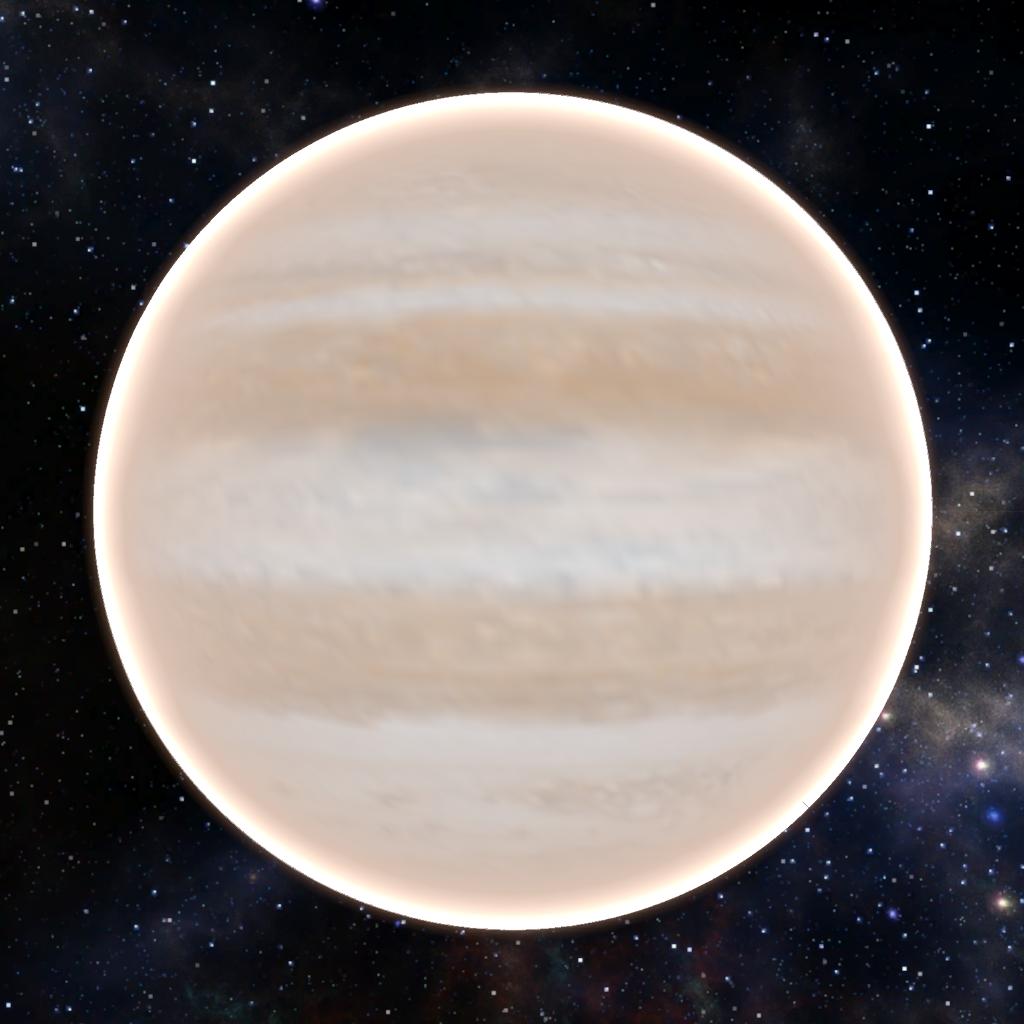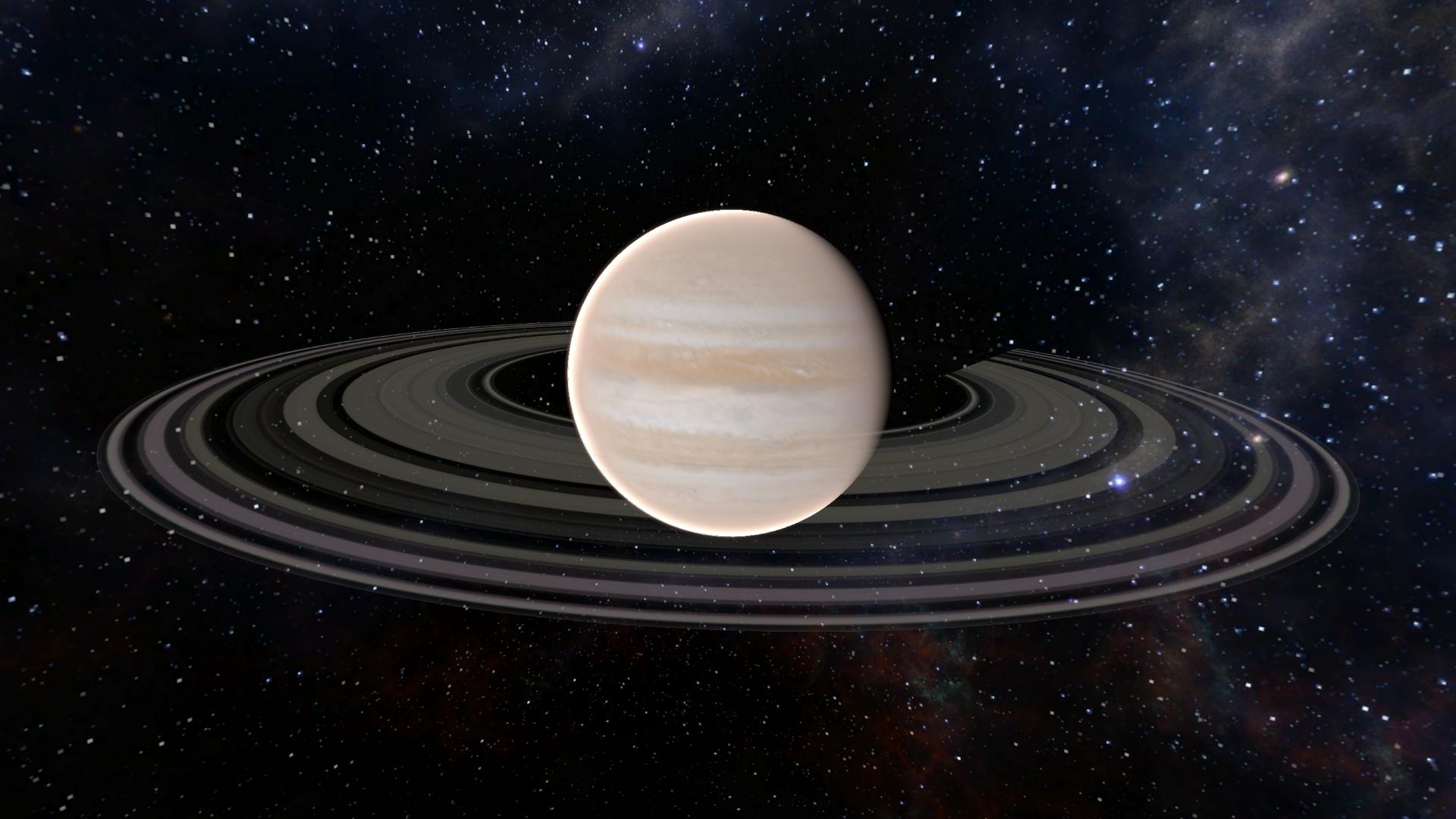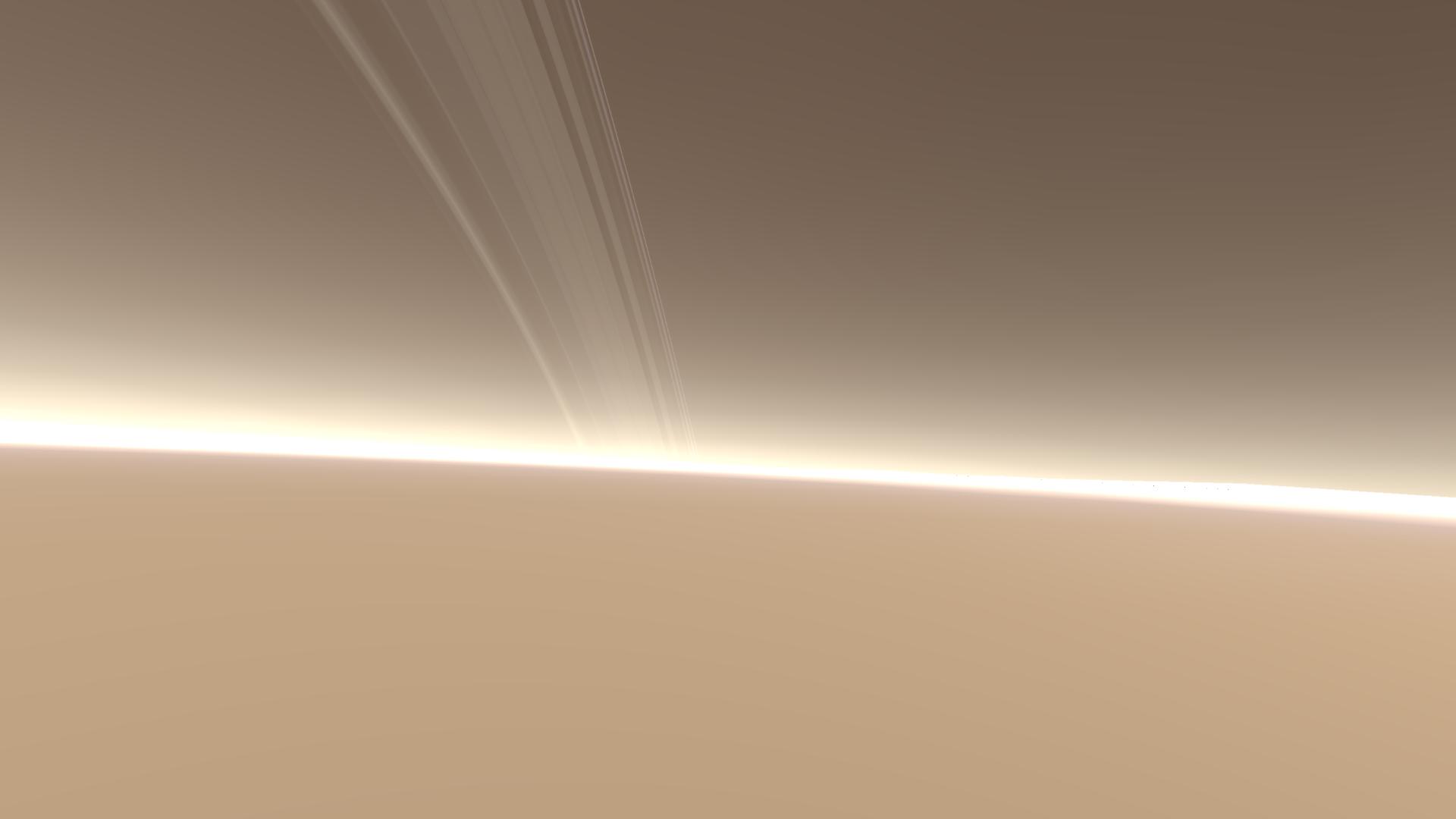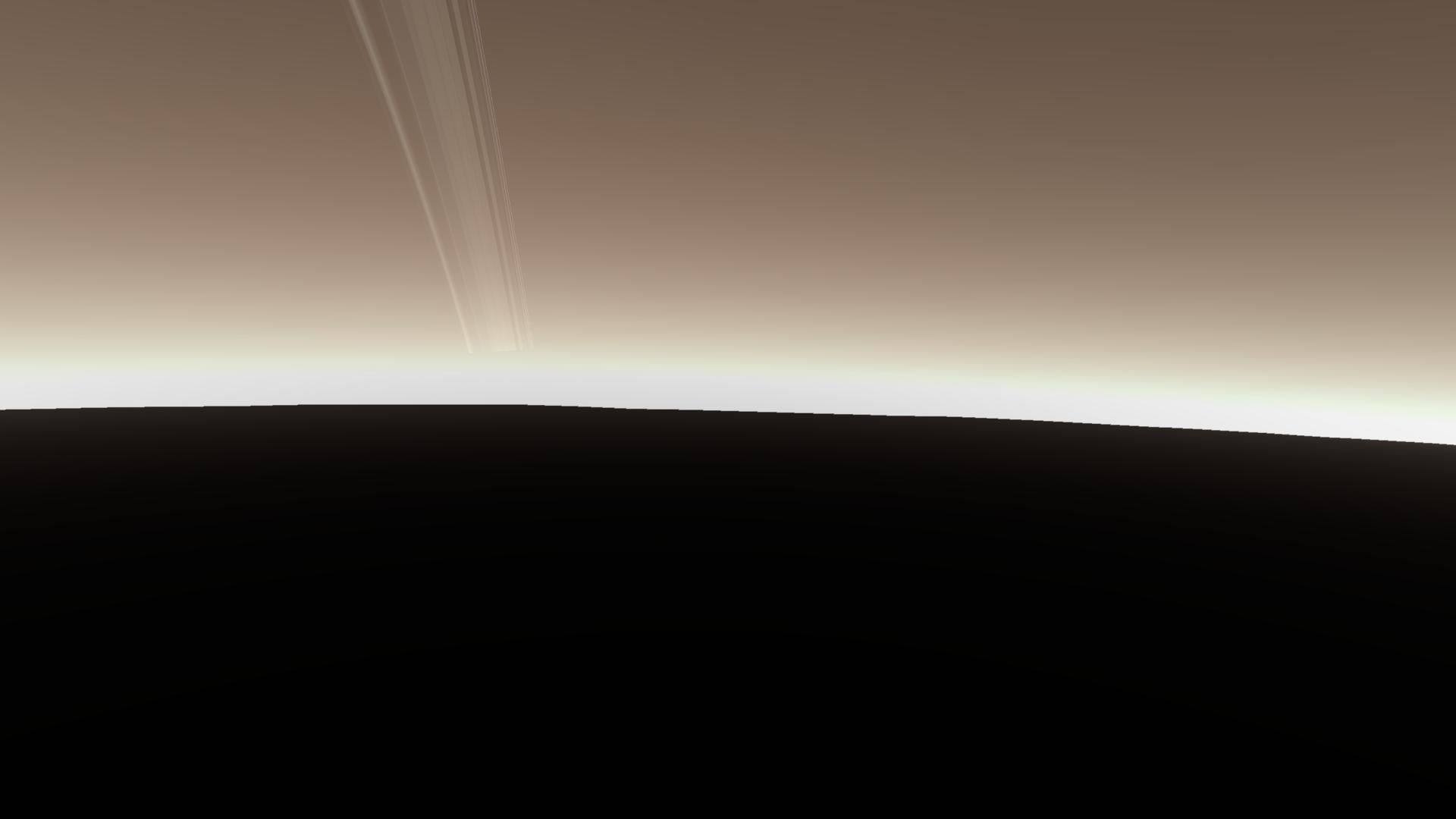Jupiter is the fifth planet from the Sun and the largest in the Solar System. It is a gas giant with a mass more than 2.5 times that of all the other planets in the Solar System combined and slightly less than one-thousandth the mass of the Sun. Its diameter is eleven times that of Earth, and a tenth that of the Sun. Jupiter orbits the Sun at a distance of 5.20 AU (778.5 Gm), with an orbital period of 11.86 years. It is the third brightest natural object in the Earth's night sky, after the Moon and Venus, and has been observed since prehistoric times. Its name derives from that of Jupiter, the chief deity of ancient Roman religion.
Jupiter was the first of the Sun's planets to form, and its inward migration during the primordial phase of the Solar System affected much of the formation history of the other planets. Hydrogen constitutes 90% of Jupiter's volume, followed by helium, which forms 25% of its mass and 10% of its volume. The ongoing contraction of Jupiter's interior generates more heat than the planet receives from the Sun. Its internal structure is believed to consist of an outer mantle of fluid metallic hydrogen and a diffuse inner core of denser material. Because of its rapid rate of rotation, one turn in ten hours, Jupiter is an oblate spheroid; it has a slight but noticeable bulge around the equator. The outer atmosphere is divided into a series of latitudinal bands, with turbulence and storms along their interacting boundaries; the most obvious result of this is the Great Red Spot, a giant storm that has been recorded since 1831.
Jupiter is surrounded by a faint system of planetary rings and has a powerful magnetosphere, the second-largest contiguous structure in the Solar System (after the heliosphere). Jupiter has 95 known moons and probably many more; the four largest moons were discovered by Galileo Galilei in 1610: Io, Europa, Ganymede, and Callisto. Ganymede, the largest of the four, is larger than the planet Mercury.
Since 1973, Jupiter has been visited by nine robotic probes: seven flybys and two dedicated orbiters, with two more en route.
GENERAL INFO
- Created On: Windows
- Game Version: 1.3.115.0
CHARACTERISTICS
- Radius: 69,911 km
- Sea Level: None
- Surface Gravity: 3.50 km/s
- Rotational Period: N/A
- Escape Velocity: 699.11 km/s
- Mass: 2.56E+29kg
Atmosphere
- Height: 164 m
- Scale Height: 24 m
- Surface Air Density: 1.200 kg/m3
- Surface Temperature: 280 K
EQUIRECTANGULAR MAP





